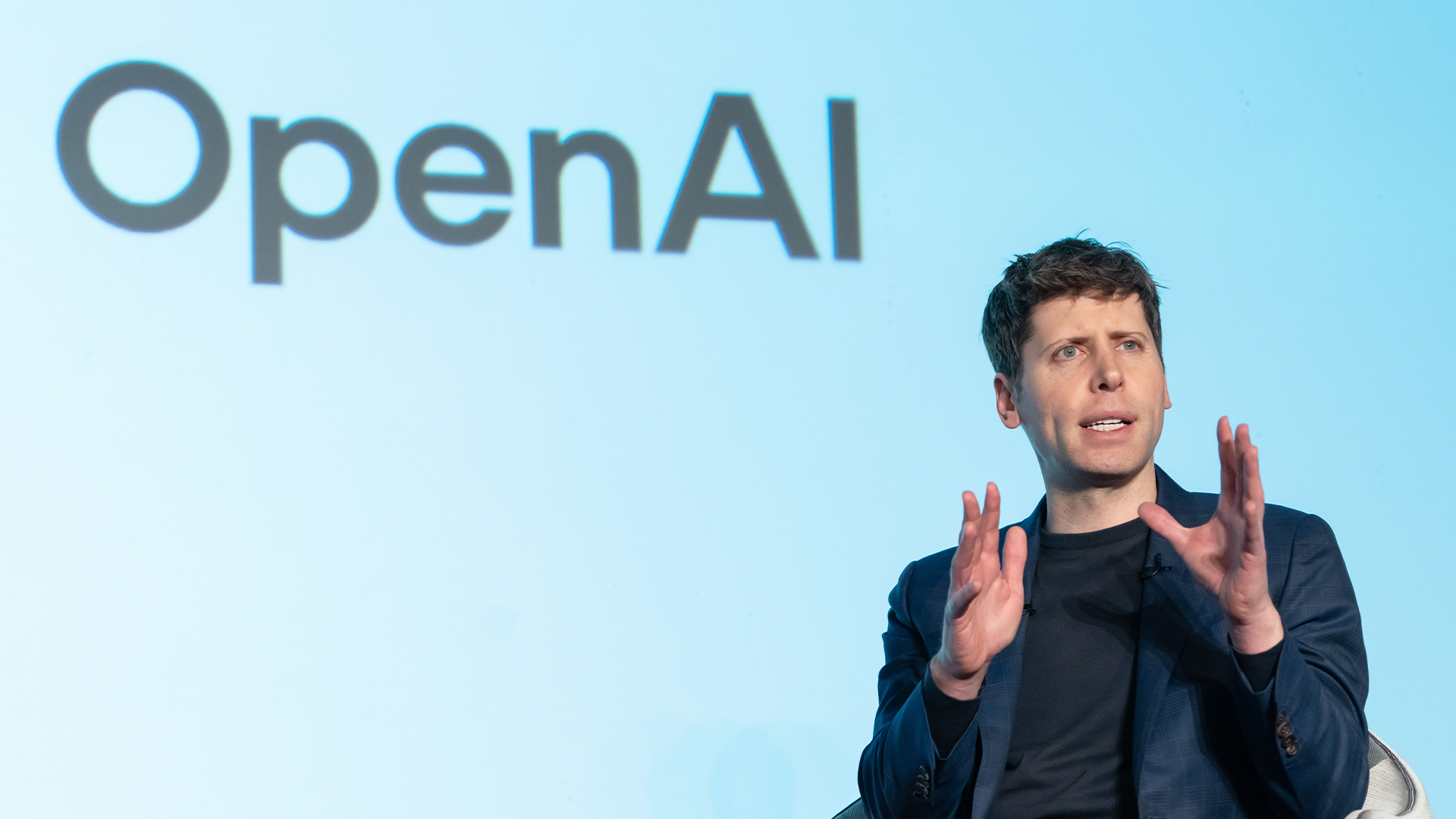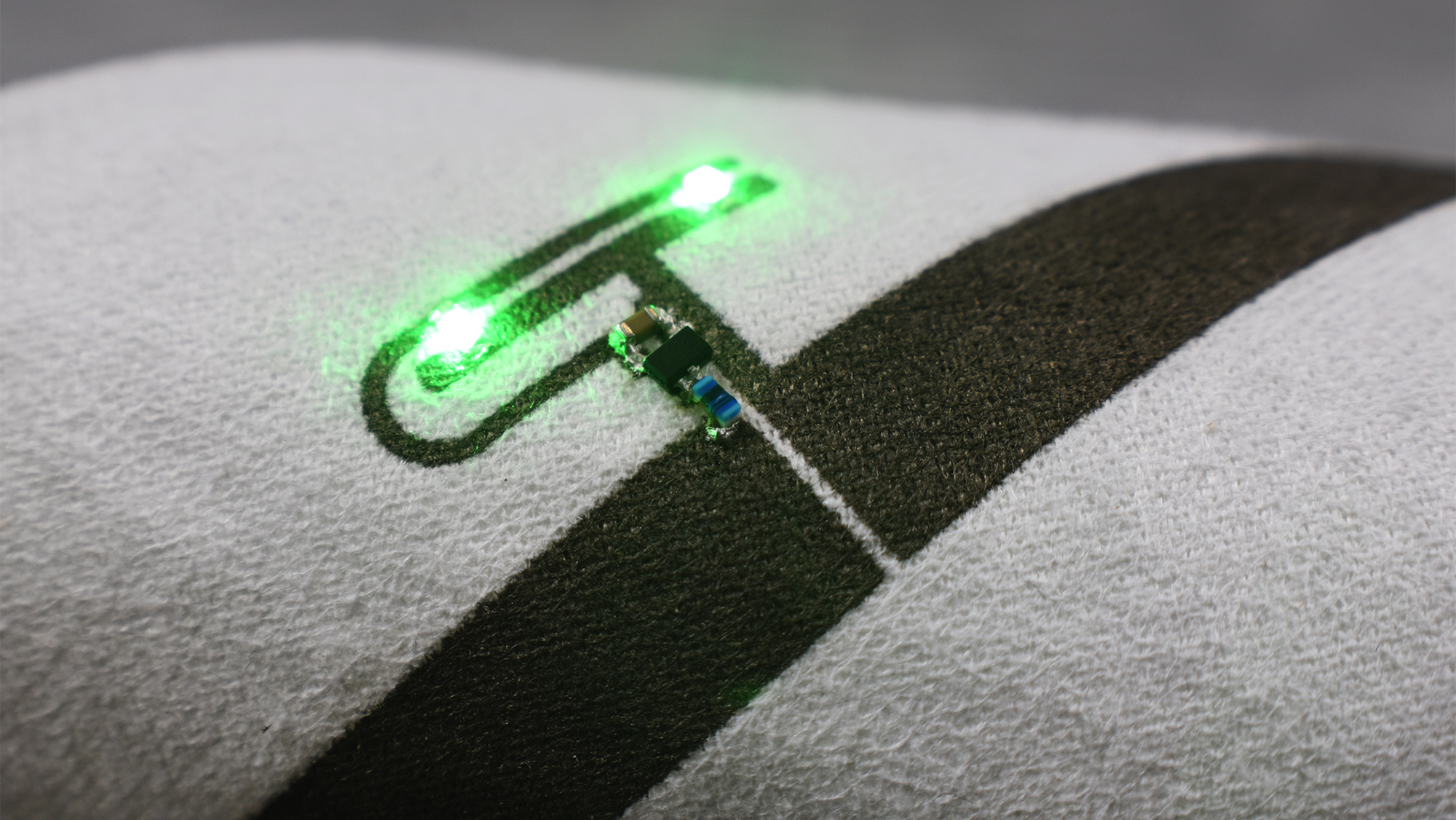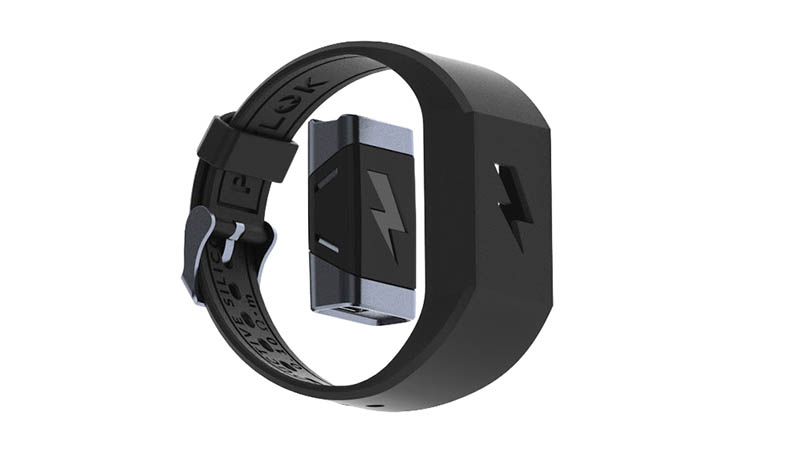Beyond illness: the future of healthcare technology
How can advances being made in health and wellbeing influence the future of work?


3D printing has come into its own with regard to advances in medical technology in recent years.
A field that started as a way of producing prototype models for industry and research has matured to the point where it is now being used in reconstructive surgery, particularly in the maxillofacial field, and has been used in cranial surgery to treat a previously incurable disease of the bone that causes progressive blindness and loss of motor control.
Inroads are also being made in the field of 3D tissue printing, which could one day replace skin grafting.
With regard to medical prostheses, as with wearable healthcare technology, they are not a new field. However, they have come a long way in the centuries since wooden legs and iron forearms were used, with made-to-measure replacement limbs being introduced in the 1980s and blades' such as those worn by paralympic athlete Oscar Pistorius allowing users to run as well as walk.
More recently, developments in bionics which blends prostheses and robotics have opened up new avenues for people who have lost limbs. It is also perhaps the area that could have one of the greatest impacts on industry.
Since the 1800s, authors from Edgar Allan Poe to C L Moore have dreamed of human beings outfitted with mechanical prostheses. These ideas have fed through into modern audiovisual media, such as the television series The Six Million Dollar Man, the film Robocop, and the Deus Ex computer game franchise.
But, as so often happens, reality is starting to catch up with fiction.
Sign up today and you will receive a free copy of our Future Focus 2025 report - the leading guidance on AI, cybersecurity and other IT challenges as per 700+ senior executives
In January 1982, 18-year-old professional rock climber Hugh Herr was involved in an accident that left him and a companion stranded on Mount Washington in -29C temperatures. He suffered severe frostbite that cost him the lower portion of both legs and his climbing career.
However, the experience led him to eventually become the leader of the bionic age', according to Time magazine.
Shortly after having his lower legs amputated, Herr created new rock climbing legs for himself and has become a pioneer in the field, directing the Biomechatronics Group at MIT (Massachusetts Institute of Technology).
He now wears bionic legs that respond to the muscle twitches in the remaining part of his limbs in the same way as a natural lower leg would.
In a recent TED talk, Herr said: "Basic levels of physiological function should be a part of our basic human rights. Every person should have the right to live life without disability, if they so choose.
"We the people need not accept our limitations, but can transcend our disability through technological innovation."
Developments in this field offer immense possibilities for business. Firstly, as with 3D printing, there is the potential for people who have suffered disabling injuries or that have put them out of work to return to the workforce. This is of benefit both to the employee and also to the employer, who gets access to a greater pool of talent.
Secondly, developments in the field of robotic exoskeletons could benefit not just to patients who are paralysed from the waist down, whom this technology is enabling to walk, but also able bodied workers.
Products from the likes of Ekso Bionics enable users to lift heavy loads with ease, which could reduce the risk of workplace injury, and travel for greater distances.

Jane McCallion is Managing Editor of ITPro and ChannelPro, specializing in data centers, enterprise IT infrastructure, and cybersecurity. Before becoming Managing Editor, she held the role of Deputy Editor and, prior to that, Features Editor, managing a pool of freelance and internal writers, while continuing to specialize in enterprise IT infrastructure, and business strategy.
Prior to joining ITPro, Jane was a freelance business journalist writing as both Jane McCallion and Jane Bordenave for titles such as European CEO, World Finance, and Business Excellence Magazine.
-
 Will businesses get lost in AI translation?
Will businesses get lost in AI translation?In-depth Multilingual AI tools can now pick up the phone to customers – but the jury is out on whether they will and should replace humans
-
 OpenAI and AWS sign bumper $38 billion cloud contract
OpenAI and AWS sign bumper $38 billion cloud contractNews The move by OpenAI doesn’t signal an end to its long-running ties with Microsoft
-
 Connected Cloth: Your new digital epidermis
Connected Cloth: Your new digital epidermisIn-depth eTextiles, smart fabrics and connected clothing could revolutionise wearable tech
-
 TikTok to open first European data centre in Ireland
TikTok to open first European data centre in IrelandNews The move could signify a desire to shift its operations away from the US as well as secure its position in the European market
-
MPs in a muddle over GDPR and storing voters' personal data
News Labour MP Chris Bryant says his staff were told to delete constituents' data
-
 Trump resort will not be charged for breaching data laws
Trump resort will not be charged for breaching data lawsNews Presidential hopeful's Scottish golf course failed to register under the Data Protection Act for four years
-
 Pavlok electric shock wristband could be security risk
Pavlok electric shock wristband could be security riskNews The wristband that supposedly stops over-spending could be hacked according to Kaspersky Lab
-
 Banks urged to share data but warned over security
Banks urged to share data but warned over securityNews Experts voice concern over security of open API recommendations
-
 EU centralises European open data through one portal
EU centralises European open data through one portalNews Open Data Portal will enable public sector bodies to share information
-
 Experts question sheer scale of data storage required by Snooper's Charter
Experts question sheer scale of data storage required by Snooper's CharterNews Who will foot bill for physical infrastructure to house UK's browsing histories?